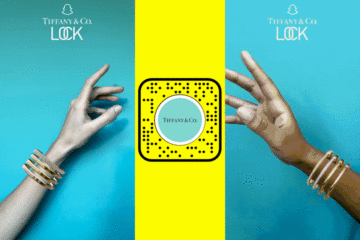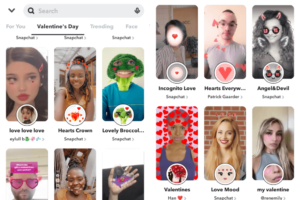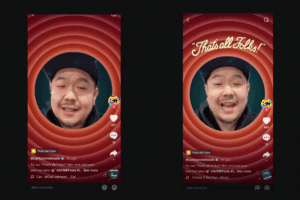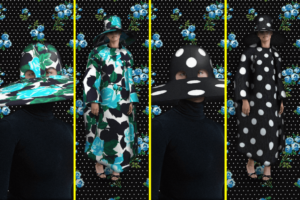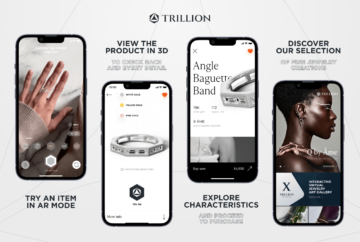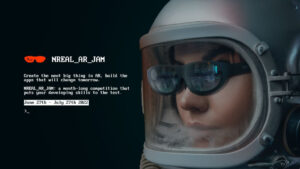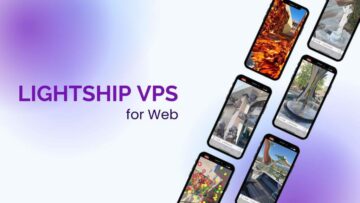The world mapped and sold as NFTs to create an AR “metaverse” layer over the physical world. You’ve heard this song before. But, not like this.
“Anybody can build a digital layer over the world… the point is, what is the service that you provide?” OVR COO and co-founder, Diego Di Tommaso, told ARPost. “Is it a stand-alone thing, or something that adds value?”
Squares Are for Squares. Hexagons Are the Future.
Mapping the world and selling the platts is becoming a relatively common practice, as is the “world-scale metaverse” trope in general. Before we get around to what OVR does with that map, let’s talk about how they divvy it up.
For one thing, they’ve divided the world into hexagons instead of squares. This may seem like a small difference, but the team is passionate that hexagons make for a more accurate and just portioning of the globe. There’s also the fact that more sides to the shape means more direct neighbors.

More than that, the 1.6T hexagons are pretty small – about 900 square feet. That’s about a tenth the size of a rectangular plot in SuperWorld. This keeps the price of lots lower and gives users more bang for their buck in terms of the experiences that they populate their spaces with.
“The reason why we chose the size of 300 square meters is that just using GPS technology this was a dimension that we thought would be large enough to actually locate an asset in,” said Tommaso. These hexagons can be divided into sevenths for even tighter localization if desired by the user.
“OVRLand is a tokenized spatial web domain. Thanks to GPS and computer vision, the OVR app will deliver you AR experiences contextualized to your geographic position,” reads an explainer on OVR’s website. “The OVR user will have the power to decide which content will be shown on their geographic location.”
Mapping the World for the Metaverse
GPS is all that OVR needs to work. However, the program can do more work than that with a bit of help from its users.
Users with the OVR app can map their environments, both the world that happens to be around them, and specific locations identified by OVR through gamified scavenger hunts. Users are then rewarded with the OVR token. This is possible without high-end phones and scanners thanks to a neural network being trained to map the world in 3D from 2D images.
“This opens up a whole new world of use cases and we believe that this is the only way that you can create an augmented reality metaverse,” said Tommaso.
The more of the world that is mapped with more precision, the more precisely virtual elements can be placed in the metaverse and the more at-home they will seem in their physical environment. The creation of assets with which to populate one’s corner of the metaverse is enabled through a separate builder app powered by Unity.
“OVR allows users to trace their surrounding environment so that AR blends seamlessly with the real world,” reads an explainer on OVR’s Website. “The spectacular union between real and digital creates a truly unique experience.”
A Place for Virtual Creations and Info
Of course, OVR’s goal for the metaverse is for it to be populated by its users. However, one of the most exciting elements of the OVR road map might be their plan for making land interactive even when owners haven’t touched it.
Tommaso described OVR as being composed of a “private utility layer” and a “public utility layer.” Elements in the private utility layer will be created and controlled by users. Elements in the public utility layer will be always-on and maintained by OVR itself. The information on this layer will be navigable via a voice-operated embodied AI.
This layer will comprise localized information sourced from open source data repositories like Wikipedia. Ideally, down the road, other individuals and institutions will contribute information to this layer directly.
“If we get enough traction, also the public sector will come by,” said Tommaso. “Institutions are always a little bit behind.”
A Work in Progress
You may have noticed that some of the verbs in this article are present tense and some of the verbs are future tense. That’s to be expected; the metaverse wasn’t built in a day.
OVR is up and running with a half-million users. Of those users, some 60,000 are actively mapping, and some 24,000 own 700,000 of the OVRLands tiles. However, the full dream described in this article and in the whitepaper is still materializing.
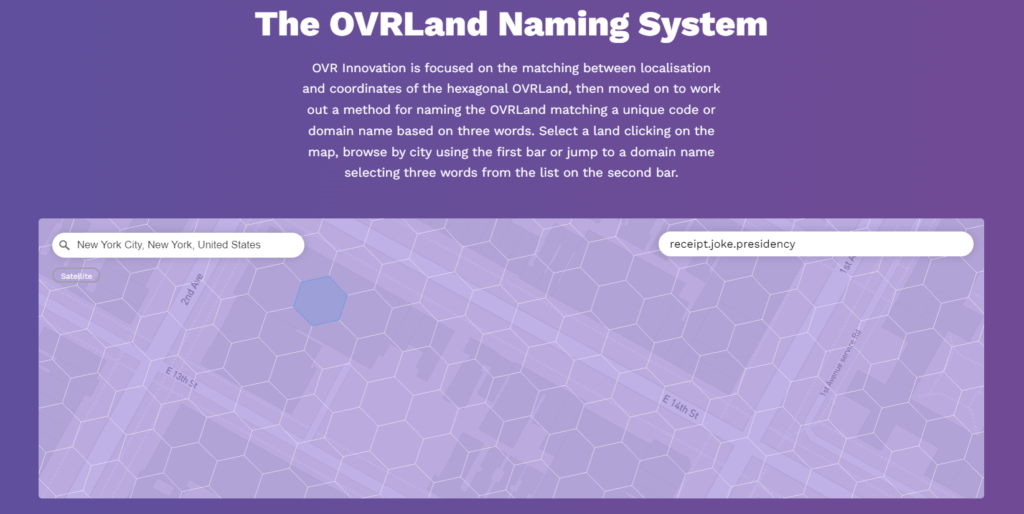
As this article was being written, OVR moved onto Polygon – “Ethereum’s Internet of Blockchains.” Further on down the road, we hope to see that public utility layer developed. Further, OVR would like to become more decentralized, though it needs scale before the builders step away.
OVR also wants to build entirely virtual spaces for things like arts and cultural events that might be inspired by real-world locations but that will be accessible by anyone anywhere via an avatar and VR.
In a sense, OVR will never be a “complete” project. The whole idea is for the metaverse to be endlessly shifting as users continue to buy, sell, trade, and build on this and other platforms. However, the platform is designed to scale. That means, among other things, prices for land are set to go up as interest grows. As of this writing, bids start at $US10.
Let’s Hear Them Out
Some days, it seems like everyone and their mom is trying to sell you a plot of virtual land in the metaverse. It would be easy to look at OVR as being just like everyone else (or their mom), but this group has some out-of-the-box ideas that are at least worth looking into.
- 000
- 3d
- About
- accurate
- active
- AI
- All
- among
- anywhere
- app
- AR
- AR experiences
- around
- article
- Arts
- asset
- Assets
- augmented
- Augmented Reality
- avatar
- before
- being
- Bit
- border
- build
- builder
- buy
- Campaign
- cases
- Co-founder
- Common
- Computer Vision
- content
- continue
- contribute
- coo
- create
- Customers
- data
- day
- decentralized
- developed
- digital
- Dimension
- Display
- divvy
- domain
- down
- endlessly
- Environment
- events
- everyone
- expected
- experience
- Experiences
- Feet
- full
- future
- General
- goal
- gps
- Group
- help
- How
- HTTPS
- idea
- information
- inspired
- institutions
- interactive
- interest
- Internet
- IT
- large
- Localization
- location
- locations
- looking
- Making
- map
- Metaverse
- mom
- more
- most
- needs
- neighbors
- network
- Neural
- neural network
- Newsletter
- NFTs
- open
- open source
- opens
- Other
- owners
- phones
- physical
- platform
- Platforms
- player
- possible
- power
- Precision
- present
- pretty
- price
- private
- Program
- project
- provide
- public
- public-sector
- real world
- Reality
- rewarded
- running
- Said
- Scale
- sector
- sell
- sense
- service
- set
- Size
- small
- So
- sold
- something
- spaces
- Spatial
- square
- start
- Talk
- team
- Technology
- The Future
- The Metaverse
- the world
- thought
- Through
- token
- trade
- union
- unique
- unity
- use
- users
- utility
- value
- Video
- Virtual
- vision
- vr
- web
- What
- What is
- Wikipedia
- without
- Work
- world
- worth
- would
- writing
- youtube


